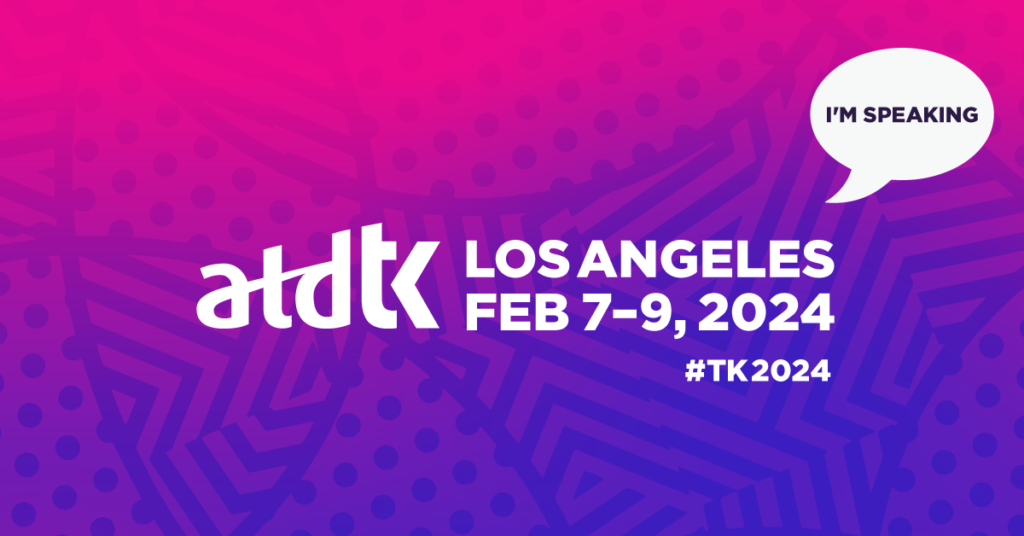In 1996, McDonald’s unveiled a new burger called the Arch Deluxe. This was “the burger for grownups.” In an effort to gain some market share back that they had lost, they did some market research and found that lots of people wanted a burger “catered to them.” So they released the Arch Deluxe, and spent millions of dollars on advertising for it. You can still find the commercials on YouTube of Ronald McDonald dancing at nightclubs, or playing a round of golf.

The launch was met more with raised eyebrows than enthusiasm or open wallets. The Arch Deluxe ultimately was pulled from the menu and McDonald’s spent millions MORE on backing out the advertising.
So what happened here? Their market research said that people wanted this. So why, when they launched it, did it fail? This is where data literacy comes in. A working knowledge about how data is gathered, looked at, and analyzed would have saved McDonald’s a ton of money here.
What is Data Literacy?
Data Literacy is a working knowledge about how data is gathered, how data is examine and visualized, and how the significance of that data is measured. You can’t visit a webpage anymore without that popup about how the website is gathering data on you with every click. Our world is filled with data – some of it useful, some of it… less so.
So when we learn about data and its significance, we’re learning about how to see the relationships between the types of data we’re gathering, and whether there’s a useful story there. If I plotted my number of trips to a bookstore along with my credit card balance, I’d see a definite trend.

How Data Literacy Could Have Influenced the Arch Deluxe
When McDonald’s conducted market research in the mid-90s, they wanted to know – what do you want from McDonald’s? What is it you wish we offered that we currently aren’t? They recruited volunteers for market research and conducted focus groups to ask them these questions, and then looked at the results.
The problem here can be hard to spot, but a bit of data literacy can shine some light. Think about it – who is most likely to participate in a focus group? Someone with some free time, someone who likes discussing menus and the way things taste, and someone open to trying new things. Busy parents, who don’t have time to join a focus group, most likely were not represented in this research. People who go to McDonald’s for the price point rather than the flavor were most likely not interested in volunteering for such a focus group.
This is what’s called “sample bias” or “selection bias.” It wasn’t intentional, but the sample of research participants gathered wasn’t representative of the group they were trying to research. Most customers don’t go to McDonald’s to sample new flavor combinations – they go because it’s cost-effective, fast, and usually a hit with children who are picky eaters. So when the research said “people want a burger catered to grownups,” what it really said was “a small subset of people want a burger catered to grownups.”
This is just one trap researchers can fall into, especially if they aren’t aware of it. The sample size could be too small, we can commit a correlation/causation error, or we can use poor testing procedures, where our data looks great but it’s testing for the wrong thing (looking at you New Coke!)
The Importance of Data Literacy
Firstly, data literacy improves critical thinking. And since critical thinking is one of the most in-demand skills in the workforce today, data literacy is an in-demand skill as well. According to a 2022 survey from Qlik, as much as 85% of business executives feel that data literacy is an important skill for success in their business. And in my opinion, if you want to operationalize engendering strong critical thinking in employees, data literacy is a fantastic place to start.
Secondly, data literacy just helps us make better decisions. When we want to buy a new car, what do we do? We look up cars and find out information about those cars. When we want to find a new restaurant to try, what do we do? We go online and look at reviews of restaurants near us. This is all research, and we do it all the time! So if we know a little bit about what the data in front of us means – and how we might be misinterpreting that data – we can make better decisions in just about every aspect of our lives.
If you’d like a small bite of data literacy, and you’ll be at ATD TechKnowledge February 7-9, come and see me! I’ll be speaking on data literacy and we’ll do some research on ourselves and look at the results!

